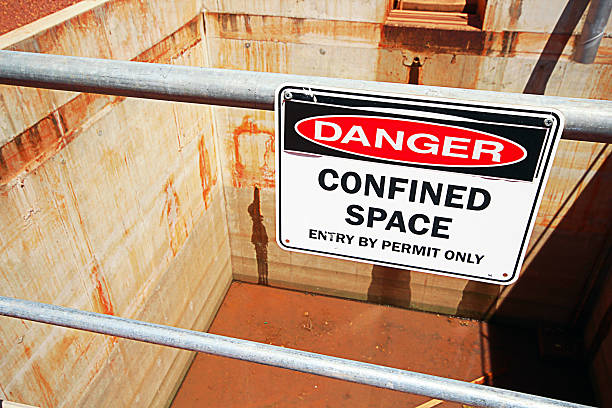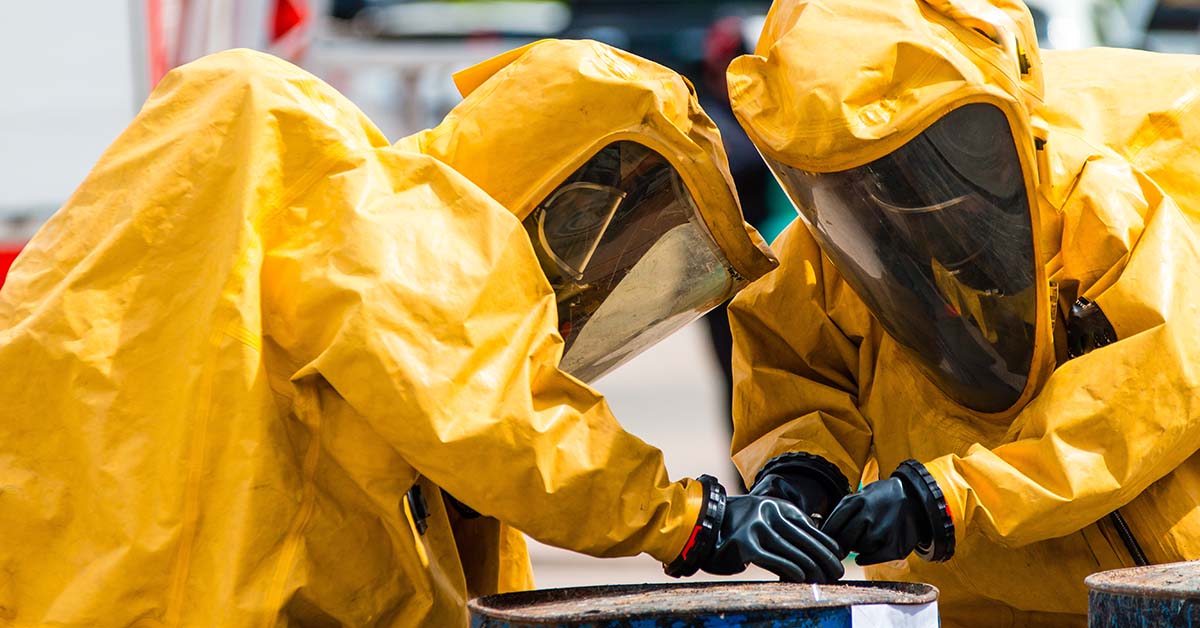Navigating Confined Spaces: The Key Elements of Effective Training
As a worker, you may be required to enter confined spaces as part of your job. Confined spaces are areas not designed for continuous occupancy and...

In the construction industry, working with materials that contain crystalline silica is often unavoidable. This naturally occurring mineral is found in abundance in materials such as sand, stone, concrete, and mortar. When workers cut, grind, or drill these materials, they can generate hazardous silica dust, which poses serious health risks when inhaled. To protect workers and ensure compliance with the Occupational Safety and Health Administration (OSHA) regulations, it is essential for employers and employees to invest in silica safety training. This comprehensive guide will discuss the various benefits of silica safety training and provide insights into its importance in maintaining a safe and compliant work environment.
Silica safety training helps employees understand the dangers of respirable crystalline silica, which are tiny particles (100 times smaller than a grain of sand) that can be inhaled deep into the lungs. Once lodged in the respiratory system, these particles can cause severe health problems, including:
By understanding the health hazards associated with respirable crystalline silica, employees are more likely to adopt safe work practices to minimize their exposure to silica dust.
Silica safety training also helps employees become familiar with OSHA's Respirable Crystalline Silica Standard in Construction (29 CFR 1926.1153). This standard was introduced to protect workers from the harmful effects of silica dust and requires employers to:
By providing employees with a solid understanding of OSHA regulations, silica safety training ensures that they are well-equipped to comply with these standards and maintain a safe work environment.
A crucial component of silica safety training is learning to identify tasks that involve a higher risk of silica dust exposure. Some common construction tasks that generate respirable crystalline silica include:
By recognizing high-risk tasks, employees can take appropriate safety precautions to minimize their exposure to silica dust and protect their health.
Silica safety training teaches employees about the various engineering controls that can help reduce exposure to silica dust. These controls include:
By learning about these engineering controls, employees can implement them effectively in their day-to-day work, reducing their exposure to silica dust.
In addition to engineering controls, silica safety training also covers work practices that can help minimize silica dust exposure. Some of these practices include:
By adopting these best practices, employees can create a safer work environment and minimize their risk of developing silica-related health problems.
When engineering controls and work practices are not sufficient to reduce silica dust exposure, silica safety training teaches employees the proper use of respiratory protection. This includes:
By mastering the proper use of respiratory protection, employees can further protect themselves from the harmful effects of silica dust.
An essential aspect of silica safety training is learning how to develop a comprehensive exposure control plan. This plan should include:
By creating and implementing an effective exposure control plan, employers can ensure that their workers are protected from the harmful effects of silica dust and that their operations remain compliant with OSHA regulations.
Silica safety training also covers methods for monitoring air quality to assess employee exposure to silica dust. This includes:
By mastering air quality monitoring techniques, employers can ensure that they are taking the necessary steps to protect their workers from silica dust exposure.
Another aspect of silica safety training is learning about the importance of medical surveillance programs. Employers are required to offer medical surveillance to workers who are exposed to high levels of silica dust. This program includes:
By understanding the importance of medical surveillance, employers can monitor their workers' health and take appropriate measures to protect them from silica-related health problems.
Silica safety training ensures that employees are aware of their rights and employer responsibilities under OSHA's Respirable Crystalline Silica Standard. This includes:
By understanding their rights and responsibilities, employees can actively participate in creating a safe work environment and ensure compliance with OSHA regulations.
Obtaining silica safety training certification can enhance an employee's career prospects. By demonstrating their commitment to workplace safety and their understanding of OSHA regulations, employees can position themselves as valuable assets to their employers. This can lead to increased job security, promotions, and even new job opportunities within the construction industry.
Finally, investing in silica safety training helps employers ensure compliance with OSHA regulations and avoid costly penalties. Failure to comply with the Respirable Crystalline Silica Standard can result in fines, legal trouble, and potential damage to a company's reputation. By providing employees with comprehensive silica safety training, employers can minimize these risks while maintaining a safe and healthy work environment.
Silica safety training is an essential investment for employers and employees in the construction industry. From understanding the health hazards associated with respirable crystalline silica to implementing effective control measures and complying with OSHA regulations, silica safety training offers numerous benefits. By investing in this training, construction companies can protect their workers' health, enhance their employees' career prospects, and maintain a safe and compliant work environment. Contact A&H Safety today for your free safety program review.

As a worker, you may be required to enter confined spaces as part of your job. Confined spaces are areas not designed for continuous occupancy and...

As an employer, you are responsible for ensuring that your employees are safe and healthy in the workplace. One way to ensure that your employees are...

Working at heights is unavoidable in many industries, including construction, maintenance, and telecommunications. However, with the increased risk...